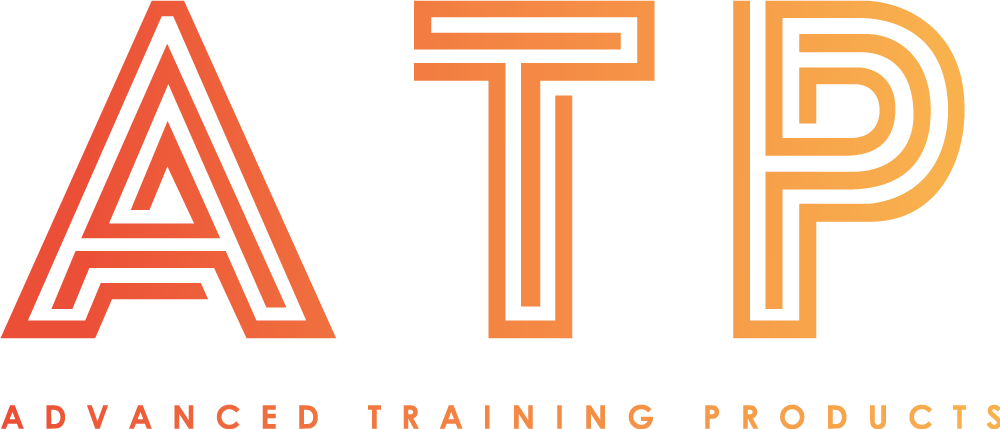White Papers and Press Releases
At Advanced Training Products, we're committed to empowering organizations with the knowledge and tools they need to create safer, healthier workplaces. Our thought leadership resources provide valuable insights into a range of topics, including:
- Total Worker Health® initiatives
- Workplace impairment prevention
- Reasonable suspicion protocols
- Cannabis legalization and its impact on the workplace
Stay informed and stay ahead with our expert analysis and actionable advice.
Keep up with the latest industry news through our press releases below.
Continuously Evaluating and Improving: A Proactive Approach to Workplace Impairment Prevention and Support
Importance of Continuous Evaluation and Improvement: Regularly reviewing and evaluating existing impairment prevention and support programs is crucial for several reasons.
- Identifying Gaps and Areas for Enhancement: Evaluating the effectiveness of training, documentation, and support services helps identify gaps and areas for improvement.
- Measuring Impact and ROI: Assessing the impact of workplace impairment programs on employee well-being, safety metrics, and productivity provides valuable insights into the return on investment (ROI).
- Demonstrating Due Diligence and Accountability: Regularly evaluating and improving workplace impairment programs demonstrates an organization's commitment to due diligence and accountability, reducing the risk of legal challenges and fostering a culture of safety.
Key Elements of Effective Evaluation and Improvement: A comprehensive approach to evaluating and improving workplace impairment programs.
- Establish Clear Objectives and Metrics: Identify measurable metrics to track progress towards these objectives. Like reducing impairment-related incidents, improving employee well-being and productivity.
- Analyze Data Trends: Analyze data from incident reports, employee health records, and performance metrics to identify patterns, trends, and potential risk factors associated with workplace impairment.
- Identify Areas for Improvement and Implement Changes: Identify specific areas for improvement and implement targeted changes to enhance the effectiveness of workplace impairment programs.
Reinforcing Continuous Improvement: Training and documentation play a crucial role in reinforcing continuous improvement efforts related to workplace impairment.
- Incorporate Evaluation into Training: Integrate evaluation principles and methodologies into workplace impairment training to identify areas for improvement and contribute to ongoing program refinement.
- Communicate Evaluation Results: Share evaluation results with relevant stakeholders, including employees, managers, and leadership, to foster a culture of transparency and accountability.
- Embrace a Culture of Continuous Learning: Foster a culture of continuous learning and improvement, encouraging employees and managers to actively participate in evaluating and enhancing workplace impairment programs.
Certain states like New Jersey have established the role of the Workplace Impairment Recognition Expert ("WIRE") to help address these issues. Advanced Training Products offers an innovative solution: WIRE Certified Training™.

